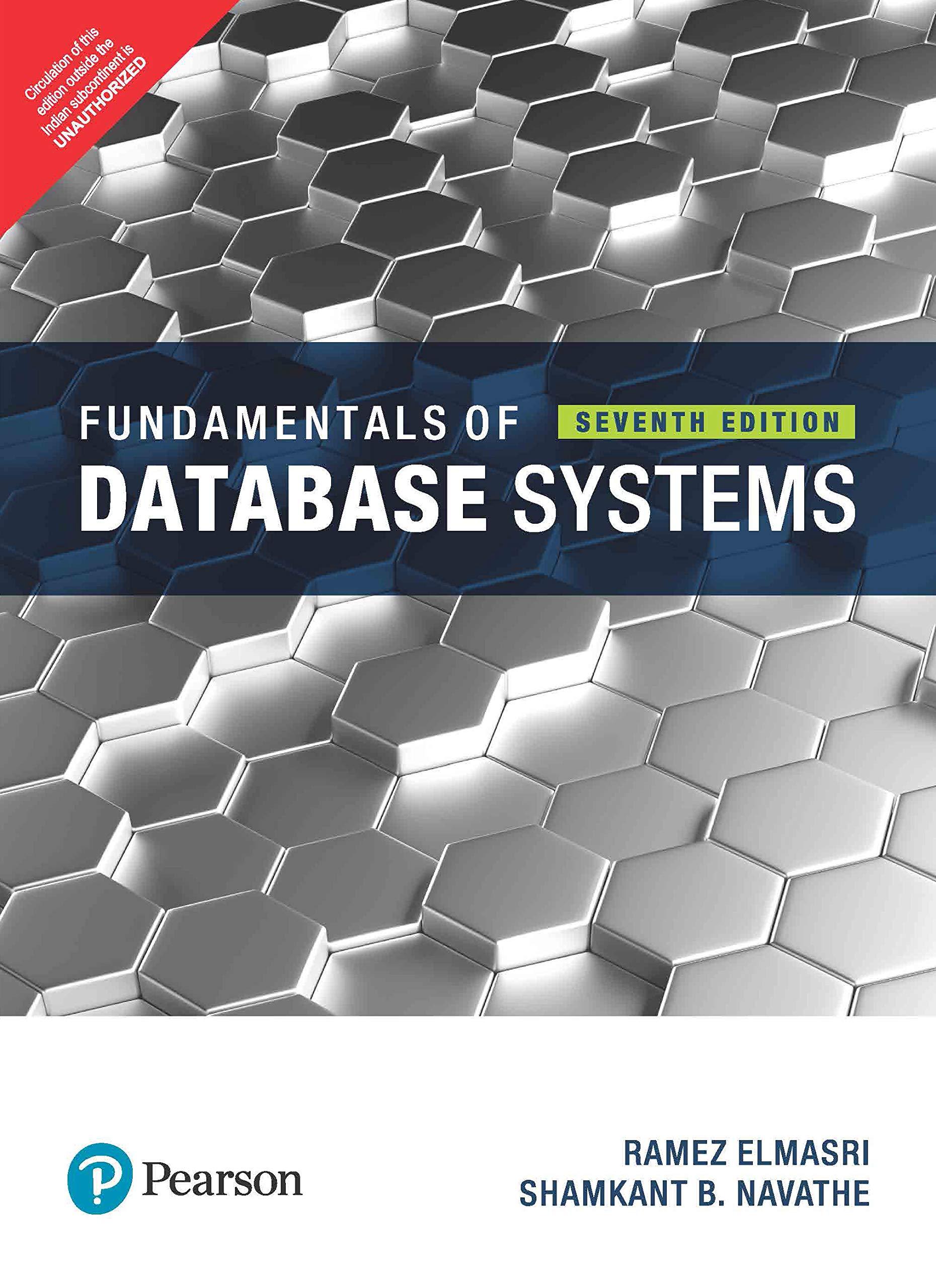Answered step by step
Verified Expert Solution
Question
1 Approved Answer
Guidelines This is a programming assignment. You will be provided sample inputs and outputs ( see below ) . The goal of the samples is
Guidelines
This is a programming assignment. You will be provided sample inputs and outputs see below
The goal of the samples is to check that you can correctly parse the problem definitions and
generate a correctly formatted output which is also a correct solution to the problem. For
grading, your program will be tested on a different set of samples. It should not be assumed that if your program works on the samples it will work on all test cases, so you should focus on making sure that your algorithm is general and algorithmically correct. You are encouraged to try your own test cases to check how your program would behave in some corner cases that you might think of Since each homework is checked via an automated AI. script, your output should match the specified format exactly. Failure to do so will most certainly cost some points. The output format is simple and examples are provided below. You should upload and test your code on vocareum.com, and you will also submit it there.
Project description
In this project, we look at the problem of path planning in a different way just to give you the
opportunity to deepen your understanding of search algorithms and modify search techniques
to fit the criteria of a realistic problem. To give you a context for how search algorithms can be
utilized, we invite you Mars. Using a rover, we want to collect soil samples. Because the rover
has a limited life expectancy, we want to travel from our current location to the next soil
sample location as efficiently as possible, ie taking the shortest path. Using advanced satellite
imaging techniques, the terrain of Mars has already been scanned, discretized, and simplified
into a set of locations that are deemed safe for the rover, as well as a set of path segments that
are safe between locations. This is similar to a standard route planning problem using a
topological map of cities and street segments, except that here we also account for elevation
locations have D coordinates One additional complication is that the rover has a limited
amount of available motor energy on every move, such that it cannot travel on path segments
that are going uphill above a certain limit This, however, can be overcome in some cases if the
rover has gained some momentum by going downhill just before it goes uphill. This is explained
in more details below. For now, just beware that whether the rover can or cannot traverse an
uphill path segment depends on whether it has been going downhill and has gained momentum
just before.
Search for the optimal paths
Our task is to lead the rover from a start location to a new location for the next soil sample. We
want to find a shortest path among the safe paths, ie one that minimizes the total distance
traveled. There may be one, several, or no solutions on a given instance of the problem. When
several optimal shortest solutions exist, your algorithm can return any of those.
Problem definition details
You will write a program that will take an input file that describes the terrain lists of safe
locations and of safe path segments the starting location, the goal location, and the available
motor energy for going uphill. Your program should then output a shortest path as a list of
locations traversed, or FAIL if no path could be found. A path is composed of a sequence of
elementary moves. Each elementary move consists of moving the rover from its current safe
location to a new safe location that is directly connected to the current location by a single safe
path segment. To find the solution you will use the following algorithms:
Breadthfirst search BFS with step cost of per elementary move.
In all cases, you should consider that a path segment is only traversable if either it is not going
uphill by more than the uphill energy limit or the rover currently has enough momentum from
the immediately preceding move to overcome that limit
Terrain map
The terrain will be described as a graph, specified in input.txt using two lists:
List of safe locations, each with a name and a D coordinate x y z
List of safe path segments, each given as a pair of two safe location names.
Path segments are not directed, ie if segment aaa bbb is in the list, then the rover could in
principle either travel from aaa to bbb or from bbb to aaa. Beware, however, that the uphill
energy limit and momentum may prevent some of those travels details below
To avoid potential issues with rounding errors, your path will be considered a correct solution if
its length is within of the optimal path length calculated by our reference algorithm and if it
also does not violate any energymomentum rules We recommend using double bit rather than float bit for your internal calculations.
Energy and momentum
The required energy for a given move is always calculated from a point x y z to another
point x y z as z z
Step by Step Solution
There are 3 Steps involved in it
Step: 1

Get Instant Access to Expert-Tailored Solutions
See step-by-step solutions with expert insights and AI powered tools for academic success
Step: 2

Step: 3

Ace Your Homework with AI
Get the answers you need in no time with our AI-driven, step-by-step assistance
Get Started


